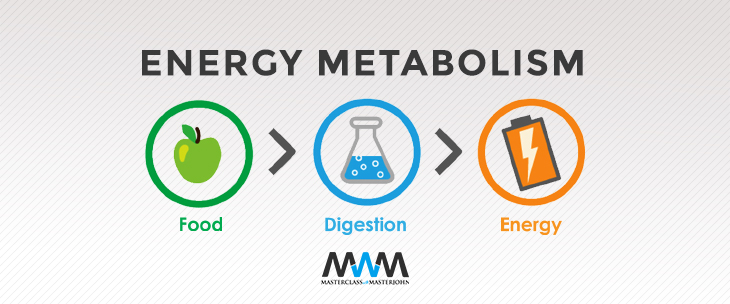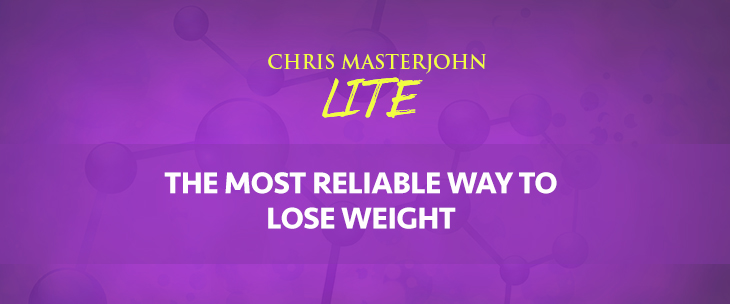In episode 40, I explain why glutathione survives digestion and can be absorbed intact, and why supplementing with it or eating it in foods helps support your health. Listen on ITunes or Stitcher. Click here to stream. Right-click (control-click on the Mac) here and choose “save as” (“save link as” on Mac) to download. Subscribe …







